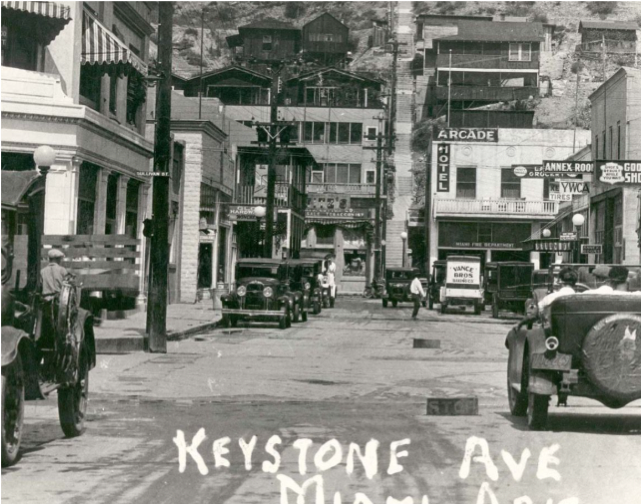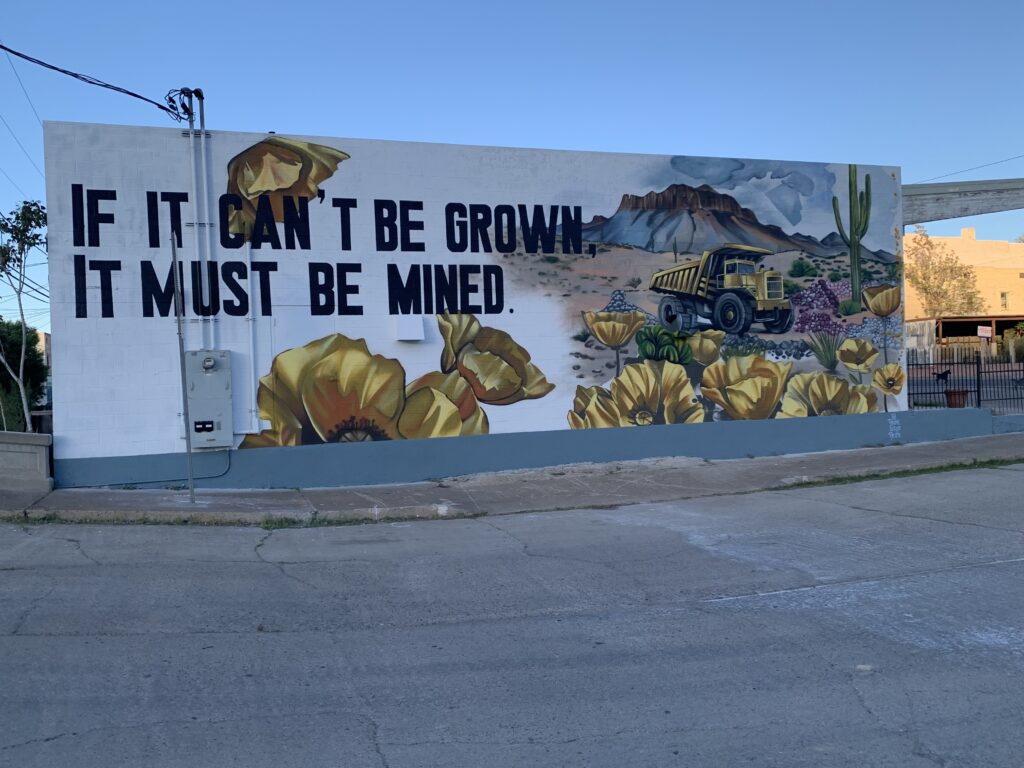
If it can’t be grown, it must be mined.
Mural: 520 W. Live Oak Street, Miami, AZ 85539
Poppies

Poppies of the Miami and surrounding areas originated in the Claypool, Arizona area, just a mile and a half east of the Miami town limits.
Mrs. Daisy Claypool, who was born July 27, 1878, resided in Arizona for 62 years. Mrs. Claypool was the first teacher hired at George Washington School which is now a semi-truck waiting area for Freeport MacMoRan, located across from the Freeport MacMoRan Rod Plant on Highway 60.
Mrs. Claypool and her husband, Senator William Claypool (also member of the House of Representatives and the Arizona Corporation Commission), were very generous especially to the students of George Washington School.
Mrs. Claypool loved to garden and part of her garden were the same poppies that you see along Highway 60, especially in the area where George Washington School once stood and along the area where the old Miami High Football stadium was located, where the rod plant is now.
A generational story was that Mrs. Claypool spread poppy seeds between her house in Claypool to George Washington School in Lower Miami during her walks to work. Mother nature also had a part in spreading the poppy seeds throughout the region, too.
The blooming of poppies became, and still is today, a much-anticipated event in the Claypool and surrounding areas.
The best time of the year to see the beautiful blooms is in April.
Haul Truck
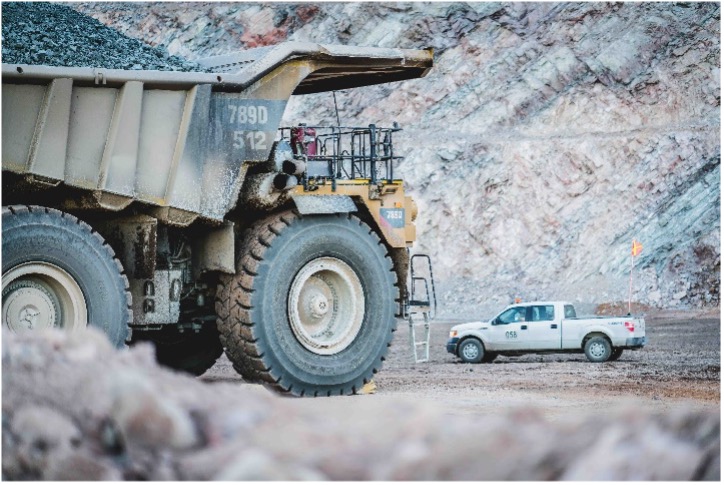
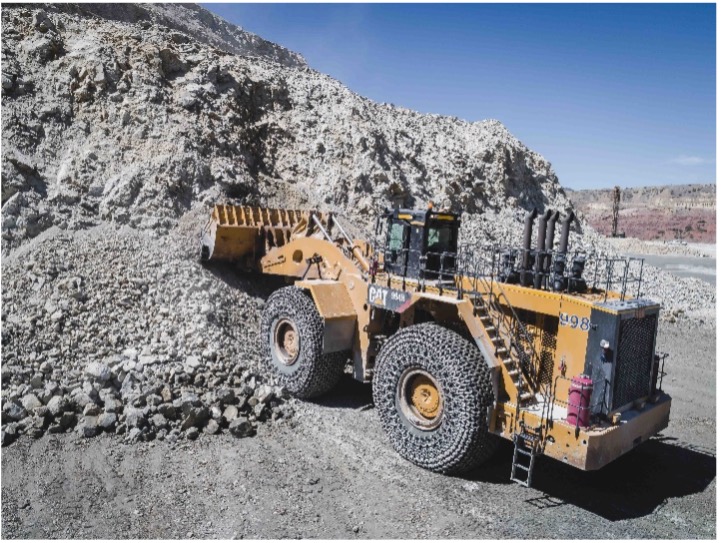
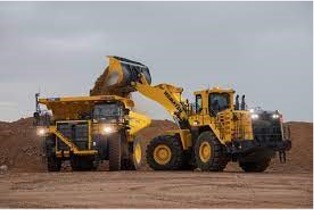
Haul trucks are heavy-duty dump trucks specifically built for mining operations. Haul trucks are used in the open-pit, copper mining process. Haul trucks are loaded with, on average, 240 tons of blasted ore from the open pit. The haul trucks are loaded by huge loaders or electric shovels.
The ore is then dumped into a primary crusher. A conveyor belt catches the ore as it drops from the primary crusher. The ore then moves on the conveyor belt to a secondary crusher where it is crushed even more.
The ore then moves into a tertiary crusher (third) and finally a ball mill crushes it to a fine powder. This fine powder moves to the concentrator where chemicals are mixed in and separates the minerals.
The copper floats (floatation) to the top and is skimmed off and dried. This black, powder substance is called “Copper Concentrate.”
Copper Concentrate then goes to a smelter and refinery where it is melted down, more impurities are removed, and the hot, molten concentrate is poured into forms and cooled. These are called “Anodes.”
Anodes can then be made into copper products such as rod, pipes and wire.
Poppy image: Robert Licano, Former Miami Councilman, photographer (Poppies at Bullion Plaza Cultural Museum, 150 N. Plaza Circle, Miami, AZ)
Mine equipment images: Capstone, Pinto Valley Mine – Miami, AZ
Original water-color painting: Eli Webb
Muralist: Jason Begay, Prime after Prime
Thank you to Aimee Mundy-Ellison, Owner of the Farm Bureau Building
Mural sponsored by: Love Where You Live, Town of Miami, and the Miami Art Commission
Mural Funded by: Rural Arts Foundation and the AZ Community Foundation
“Miami – Lighting the world and connecting the planet with the copper we mine”
